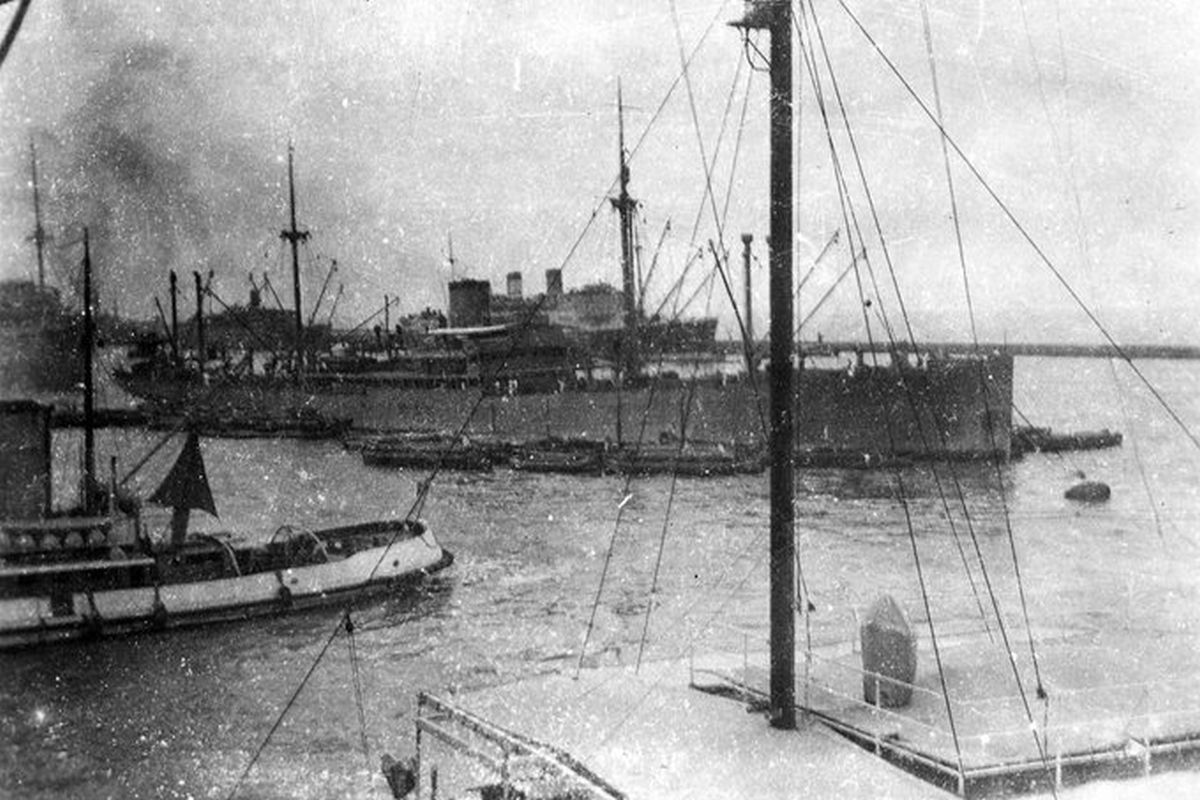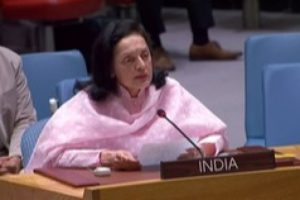It does not matter who precisely initiated the move for Partition. For one, the vivisection took place 72 years ago. For another, most Hindus appeared to be unhappy about it; indeed, many still yearn for Akhand Bharat. A few Hindu organizations still express regret collectively on 14 August every year. Some Muslims began expressing regret at the division after 1971, when Pakistan was bifurcated. A hint of a shadow began to overcast them, specifically the realization that perhaps Islam was not sufficient to hold a country together. Otherwise, even Muslims in India, who gained nothing from the Partition, drew satisfaction from having created a New Medina, a large Darul Islam on the subcontinent.
Hindus, however, have made an ulterior gain, though most of them are yet to realize that reality. The total Muslim population of an undivided India today would be about 40 per cent; if they vote as a block they would elect a sultan for Delhi every time. Hindus, who have enjoyed Islamic rule for centuries, welcome the change. So far their dominant feeling is that Partition decapitated two major limbs of Bharat Mata. They blame the Muslim League for the crime and lighten their breasts by cursing Mohammed Ali Jinnah. There is little doubt that Vinayak Damodar Savarkar differentiated between Hindus and those whose punyabhoomi or holy land was overseas. There could be other contemporaries who felt similarly, but might not have the leisure to record their ideological views.
Dr BR Ambedkar was different in this regard; although he was clear and lucid when he wrote that he did not wish to end his life as a Hindu. When he considered Christianity and Islam, he promptly rejected them on the ground that they would denationalize his people due to their foreign roots. Moreover, converting to Islam would add to the number of Muslims whom he felt, tended to be separatist. More Christians, Ambedkar believed, would increase support for the British rulers who were Christian. He therefore, turned to Buddhism. In his book entitled Thoughts on Pakistan, published in 1941 by Thacker & Co, he supported Partition which the Muslim League had demanded by passing a resolution in its plenary session held in Lahore in March 1940.
The first leader to declare that Hindus and Muslims were separate nations was Sir Sayyeed Ahmad Khan, who was a member of the Viceroy’s Executive Council and the founder of Aligarh University. His statement to this effect of separate nations was voiced twice; once at Meerut in 1887 and again at Lucknow the following year. Justice Ameer Ali of Calcutta had endorsed Sir Sayyeed’s opinion at the turn of the 19th century. In 1906, Sir Aga Khan had led a delegation of 35 Muslims of eminence to petition before Viceroy Lord Minto. They had three demands ~ recognition of Aligarh as a Muslim University, although it had been wholly funded by the government. Two, they wanted reservation for Muslims in government services and three; no elections but nominations instead. They found it difficult to compete with Hindus because of their few numbers and lesser English education. The same year in December, the Muslim League was founded in Dacca.
The Morley-Minto Reforms or the Government of India Act of 1909 was the outcome. The first demand regarding Aligarh was not conceded but the remaining two were a part of the new law. The next significant step in the pathway to Partition was the Muslim League session at Allahabad in 1930. Sir Mohammed Iqbal, also the distinguished poet, presided over the session and proposed a separate Muslim zone, although within the Indian confederative. He was not familiar with Bengal and did not deal with in any separate Muslim zone. It is believed that Jinnah drew inspiration from Allama Iqbal although in his eventual demand Bengal as well as Assam, were included. In 1933 Chaudhry Rahmat Ali, a scholar at the University of Cambridge coined the word ‘Pakistan’ using letters from some of the Muslim dominated provinces. He published a pamphlet Now or Never; Are We to Live or Perish Forever? For eastern India, the name he coined was Bengistan and Osmenistan for the Deccan, presumably taken after Nizam Osman Ali.
This new name kept the gossip propelled until eventually in March 1940 Jinnah delivered his long speech justifying the League demand for Pakistan. This was followed the next day on 23 March the actual resolution proposed by Fazlul Haque, the popular peasant leader of Bengal. Uncannily, Muslim majority provinces like Punjab, Bengal, North West Frontier and Sind did not show much enthusiasm. They might have been happy as they were with the Muslims dominating the provinces, also with Muslim Premiers. On the other hand, it was UP, Bihar and the business interests of Bombay who were in the vanguard of the movement. Interestingly, Ratilal Gandhi, a relative of the writer, then president of Bombay PCC once discussed with one Habib, the head of the group which went on in Pakistan to set up the Habib Bank as well as industries.
Ratilal wanted to know why the Habibs were financing the League when all the group’s business and property were around Bombay only? Habib in reply asked Ratilal whether he was a bania or a plain innocent. In Bombay, Habib had to complete with Marwaris, Parsis, other banias, Shettys, perhaps even Chettiars, etc. In Pakistan he would have only the Punjabi peasants as his rivals. Numerous Aligarh students went to Punjab to campaign for the Muslim League during the 1945-46 elections called by the British government. The League’s sole agenda was Partition. Curious Punjabis asked them why they had come all the way from UP. What did they have at stake? Their province (UP) wouldn’t be included in Pakistan. The UP students invariably replied that while it was true they personally had no direct interest, but for Islam, they might succeed in creating a New Medina, i.e., a model Islamic state.
Wasn’t that a great thing? Quite possibly UP and Bihar were influenced by such an ideal. Ratilal Gandhi, whom we have mentioned above, said that inside the League Jinnah had explained to the senior members the reasons for seeking Pakistan. In India, Muslims are in a minority and less educated in the modern sense. The elite of the community was mostly land and property-based with very little business and industry, which the Hindus have. Therefore, Muslims would be at a disadvantage all the way. Hence they needed their homeland. Being a lawyer and a clearheaded thinker, Jinnah had a plan for an exchange of populations; most Muslims would relocate to Pakistan while Hindus and Sikhs should migrate to Hindustan.Those who could not move would have to stay put, but as reciprocal hostages. Dr. Rajendra Prasad, our first Rashtrapati, in his book India Divided published in 1946 added to Jinnah’s proposition that those who stayed put should live as aliens with visas issued by the respective central governments. But Gandhi and Nehru turned a deaf ear to these proposals and the monstrous riots followed.
(The writer is an author, thinker and a former Member of Parliament)











